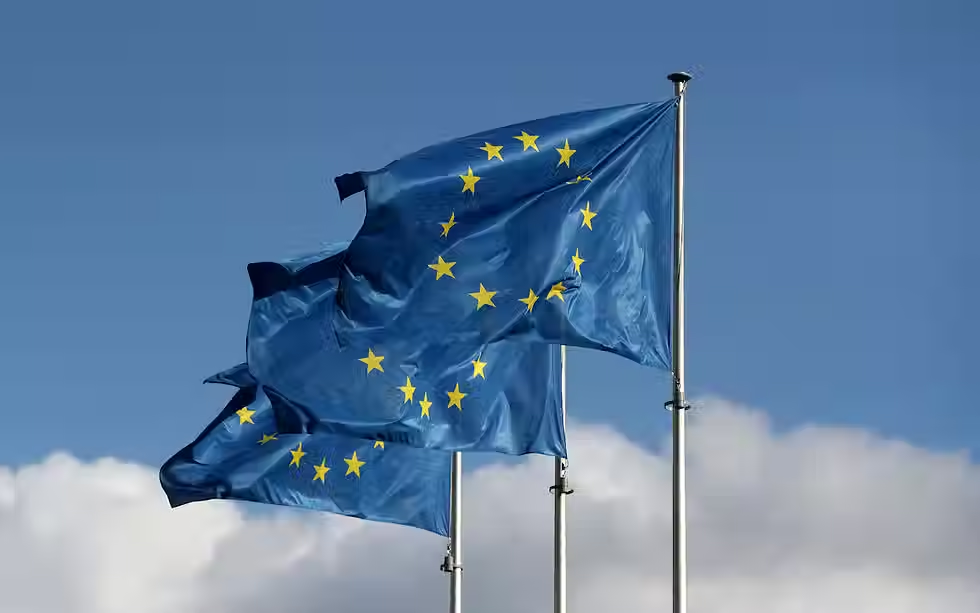Greenland’s National Day: Tradition, Light, and Identity
- Khoshnaw Rahmani

- Sep 2, 2025
- 3 min read
Khoshnaw Rahmani, Jadetimes
K. Rahmani is a Jadetimes news reporter covering culture.

A Celebration Bathed in Sunlight
Each year on June 21, as the Arctic sun hovers above the horizon without setting, Greenlanders gather across their vast, icy homeland to celebrate National Day—a festival of unity, culture, and pride. Coinciding with the summer solstice, this day marks not only the longest stretch of daylight in the northern hemisphere but also the enduring spirit of a people who have carved out identity and autonomy in one of the planet’s most extreme environments.
Declared a national holiday in 1985, following Greenland’s 1979 referendum on home rule, the day has grown into the island’s most cherished public celebration. It’s a moment when tradition meets modernity, and when Greenlanders—whether in Nuuk, Ilulissat, or remote coastal villages—step outside to honor their heritage under the midnight sun.
A Day of Rituals and Remembrance
The festivities begin early. In Nuuk, the capital, locals don traditional clothing made of seal hides and pearl collars, marching toward the Colonial Harbour with red-and-white Greenlandic flags in hand. A cannon salute signals the start of the annual seal hunting competition—a practice rooted in subsistence and community sharing. The first hunter to return with a seal is greeted with cheers, and the catch is distributed to nursing homes, with every part used for food, clothing, or tools.
Throughout the day, families gather to eat, dance, and reconnect. “You get to meet the people you haven’t seen in a while,” said 20-year-old Johannes Ostermann. “Everyone says congratulations to each other. Everyone’s being very, very nice because it’s a very nice day for us all.”
Cultural Pride in a Changing Arctic
Greenland’s National Day is more than a party—it’s a statement of identity. For many, it’s a chance to showcase Inuit traditions to newcomers and outsiders. “We have a lot going on with the USA and Denmark,” said Aviaaja Frederii, a local resident, “but we stand strong and represent our culture. This day, we show who we are to the people who moved here or are working here.”
This year’s celebration also marked the 40th anniversary of Greenland’s flag—a symbol of unity designed by Greenlandic artist Thue Christiansen in 1985. Its red semicircle rising from a white field evokes the sun over ice, a fitting metaphor for a nation that thrives in contrast.
Light as a Symbol of Sovereignty
From late May to late July, Greenland experiences the midnight sun—a natural phenomenon where the sun never dips below the horizon. On National Day, this light becomes symbolic: a reminder of Greenland’s visibility on the world stage, its resilience in the face of climate change, and its growing political confidence.
In recent years, Greenland has asserted its autonomy more boldly. The 2009 Self-Government Act granted expanded powers, and in 2025, a pro-independence coalition won Greenland’s parliamentary elections. While full sovereignty remains a long-term goal, National Day offers a glimpse of what that future might feel like: proud, peaceful, and self-defined.
A Nation Illuminated
Greenland’s National Day is not just a celebration of geography or history—it’s a living expression of cultural continuity. As the sun lingers above the horizon, Greenlanders gather to honor their past, embrace their present, and imagine a future shaped by their own values. In a world where Arctic politics grow colder, Greenland’s solstice celebration radiates warmth, unity, and identity.











































Comments